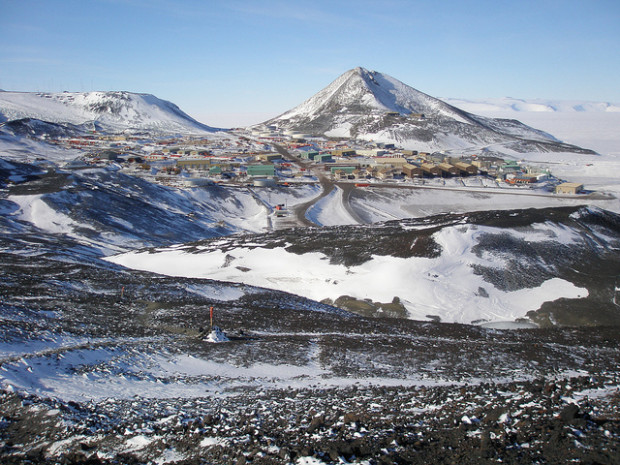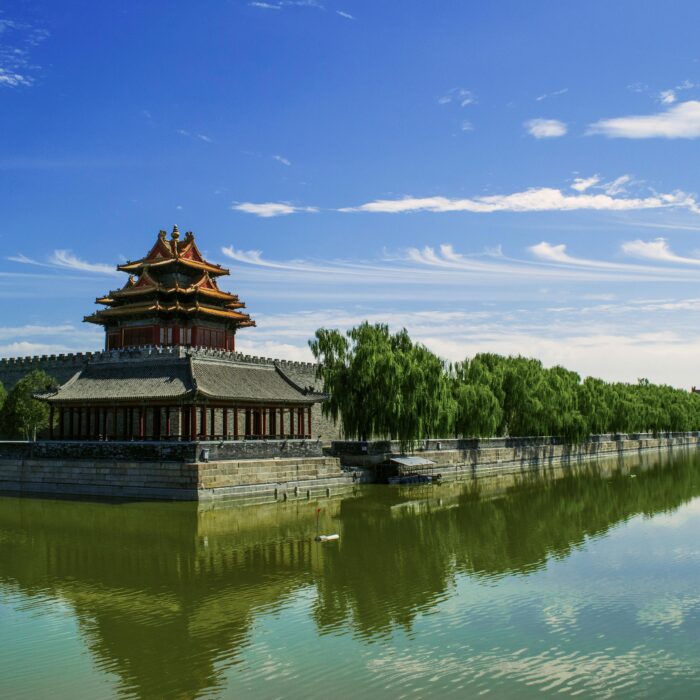You have no items in your cart. Want to get some nice things?
Go shopping
It appeared in the clear Antarctic water – a small, white clump. Bobbling in the research boat’s foamy wake, it was almost indistinguishable from ice chunks that knocked against the boat’s hull. Cassandra netted it for analysis. When the results came in, she waved away praise, claimed newcomer’s luck. After the whirl of video streamed interviews, Pedro the botanist teased her. He said that the little ball must have sought her out. They laughed over celebratory beers. Later, the joke wouldn’t seem as funny.
Pedro identified it as a type of moss, related to Fenestrulina rugula, but with undefined genetic variants. Entombed for millennia in the now thawing icebergs, it sparkled in the lab’s fluorescent light.
‘A far more complex life form,’ he said.
‘Plant? Animal?’ Cassandra put on a nitrile glove, lifted the white tuft out of the dish and stroked its weedy tendrils. ‘Definitely not a marine mammal, I can tell you that much.’
‘I’ve never seen anything like it.’
She heard a thump-thump. ‘I swear it’s purring.’ It throbbed against her palm. ‘Let’s call it Mossie.’
The creatures drifted into shore – clinging to cliffs, filling crevices. Tourist groups arrived. They prodded and posed for selfies. Cassandra and Pedro fenced off an area, put up DO NOT TOUCH signs. One morning the two scientists noticed a tuft beyond the barrier.
‘How did it get out here?’ She ruffled its tendrils with her ski glove. ‘Are people moving them? We have to stop the tour groups.’
‘In a couple of weeks, the days will be too short and the cold way too intense for tourists.’ He smiled. ‘Just two committed researchers for the winter.’
She tried to return the clump to the protected area, but it seemed fixed, part of the tundra. Pedro slid a pen between the white moss and rocky soil, but stopped.
‘I think it’s rooted.’
‘Mossie hasn’t put out roots in the lab.’
‘Artificial conditions. Maybe this is how it propagates, you know, stolons, like strawberry runners, but underground.’ He scribbled notes.
Cassandra thought she heard a second thump-thump behind the barrier. She grabbed Pedro’s arm. ‘What if the stolons are more than a root system? Like a communication link? This could be a collective.’
He stared at her hand. She pulled back, folded her arms across her chest.
‘The stolons are my speculation. Let’s be methodical.’
Each morning more white clumps covered the rough ground. Snapping photos and taking measurements, she cooed to the creatures. He counted and calculated growth rates. They hurried to complete tasks in the dwindling daylight. Two months after Mossie’s arrival, they saw a swathe of white creeping down the hillsides towards the research centre. On an early walk, she discovered a group less than a kilometre away and rushed back to the centre. She found Pedro packing his notes, a suitcase by the lab door.
‘I’m taking Mossie to Buenos Aires. We need to bring the university in on this.’
‘What? Why?’
‘The growth rate is reaching exponential levels. Decisions have to be made.’
‘What decisions?’
Pedro sighed. ‘They’re starting to kill off the native species: the hair grass and pearlwort. Containment, it’s inevitable.’
‘So you get to play God? It’s probably more native than anything else here.’
‘We have to be sensible, Cassandra. I’ll be back next week or the week after.’
‘You’re leaving me here? Alone?’
Pedro paused, eyes on his backpack. ‘The generator was serviced last month. There’s enough food stocked for a year, at least. You’ll be fine.’ He opened a desk drawer, fumbled through notes. ‘Any issues–email or use the satellite phone.’
The Land Rover bounced along the dirt track, disappeared over a snowy ridge. In a few hours he’d reach the small airport. She pulled up his number on the phone, hesitated and shut it down. At the lab window a sea of white strands waved to her with each gust. As twilight closed in, the creatures glimmered, echoing stars in the autumn sky.
Later a spiral curtain of blue, green and pink shifted and snapped. Although she’d seen the aurora australis many times, the light show seemed different, more luminous. She watched the vibrating colour curl into pillars, wisps and haloes. A throbbing, low at first, increased in volume, pulsing in time to the charged particles. She touched the triple-glazed window, it vibrated. ‘Impossible,’ she said. Her hand shook.
The pounding surrounded her. She went down the hall into her bedroom. White clumps clustered outside on the window sill. Looking out, the station’s exterior walls were pimpled with fluffy tufts. A tingling crept up her arms, across her shoulders, through her scalp.
Cassandra climbed into bed, wrapping herself in the duvet. She listened to the driving bass, hummed in harmony and waited.

About Marie Gethins
Marie Gethins work has featured in Flash: The International Short-Short Story Magazine, 2014 National Flash Fiction Day anthology, The Incubator, Firewords and Control Literary. She won or placed in Flash500, Tethered by Letters flash, Dromineer Literary Festival, The New Writer Microfiction, Prick of the Spindle and 99fiction.net. Other pieces have been listed in the Doris Gooderson, Fish Short Story/Flash/Memoir, Listowel Writers Week Originals, James Plunkett Award, Words with JAM, Inktears, RTE/Penguin, Lightship, and WOW! Award competitions. She lives in Cork, Ireland, working on her Master of Studies in Creative Writing at the University of Oxford.





Fantastic story Marie – well written,spare and sharp, good pace and a bit scary! Look out Quatermass.
Quatermass? You mean Day of the Triffids! Good flash fiction.